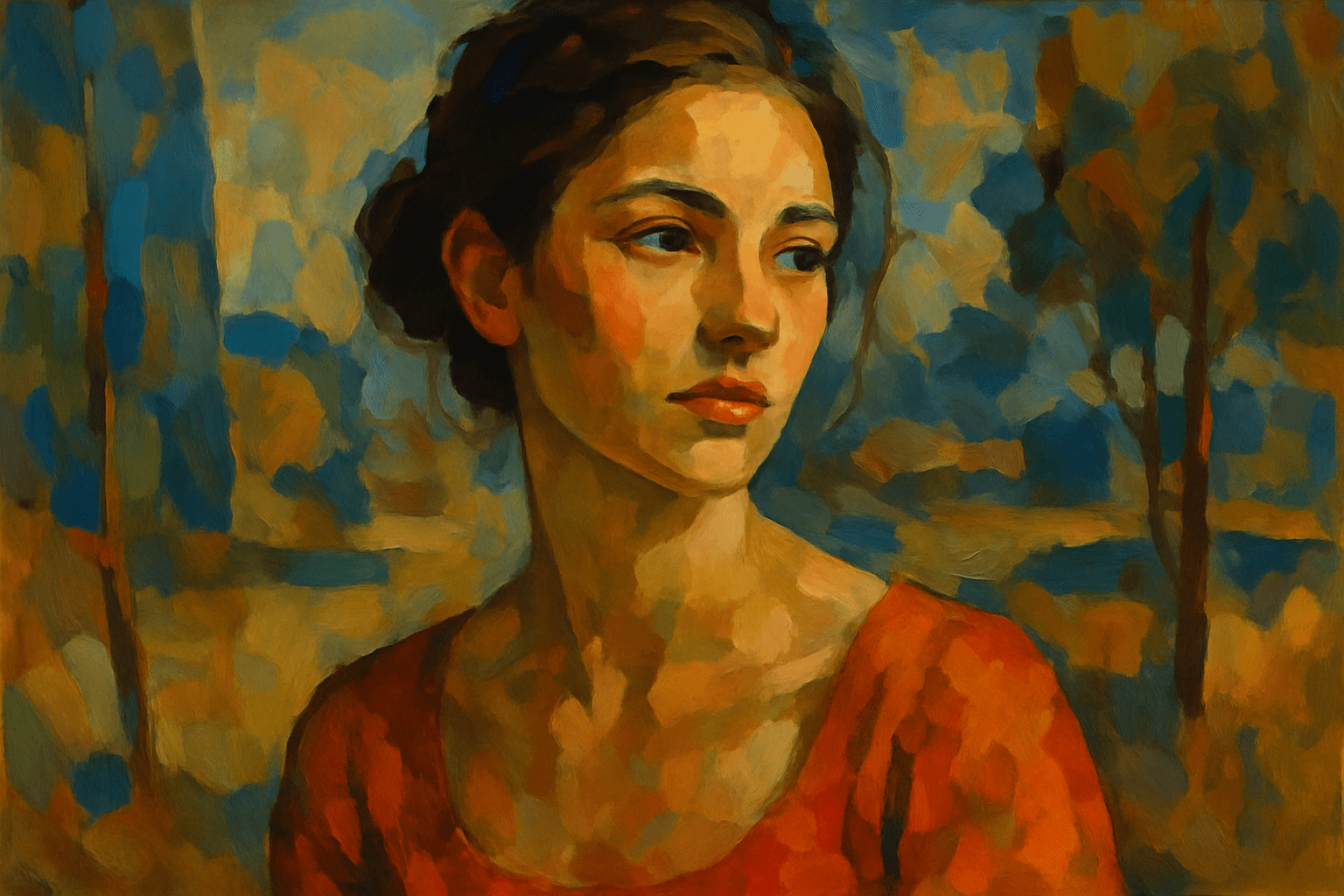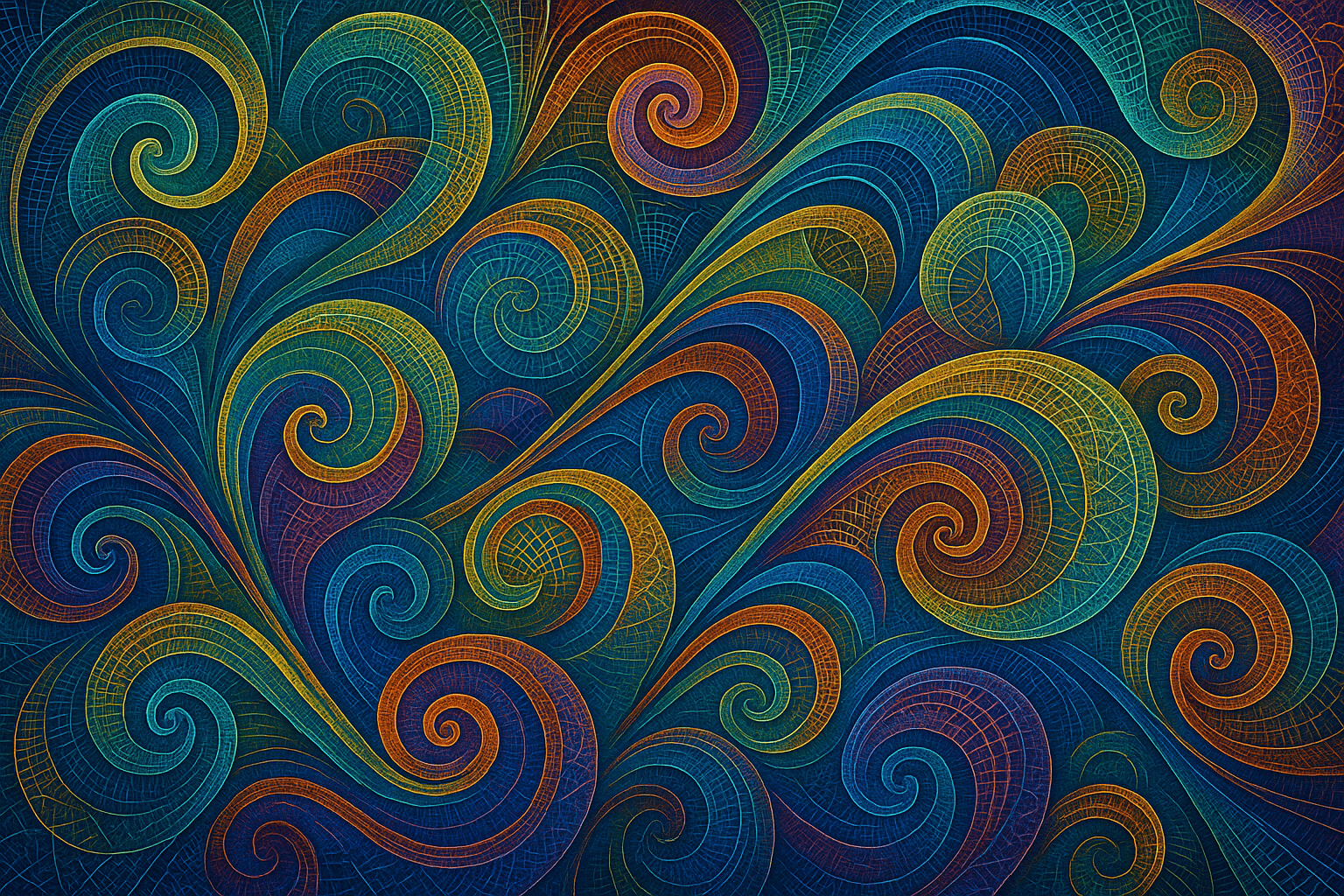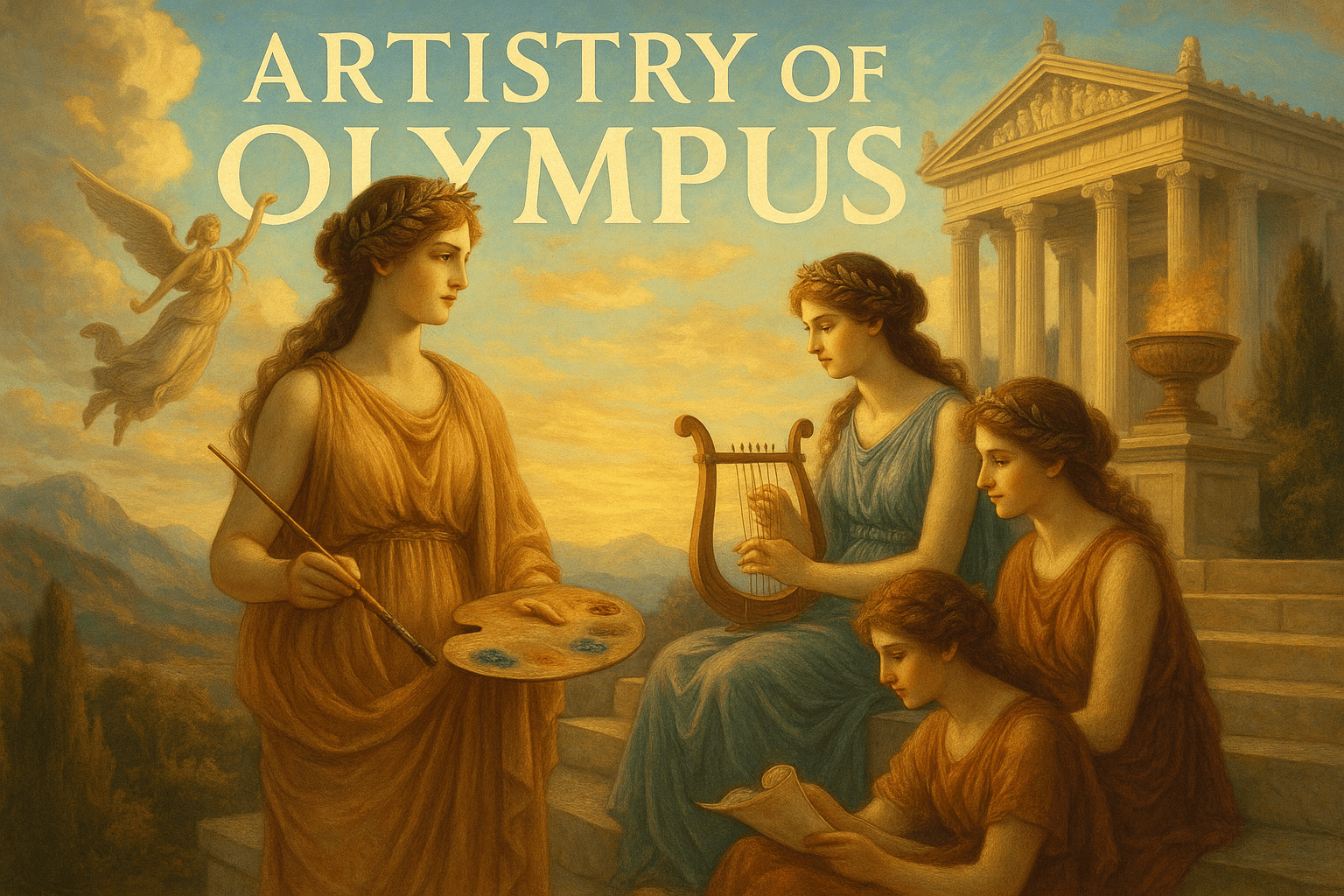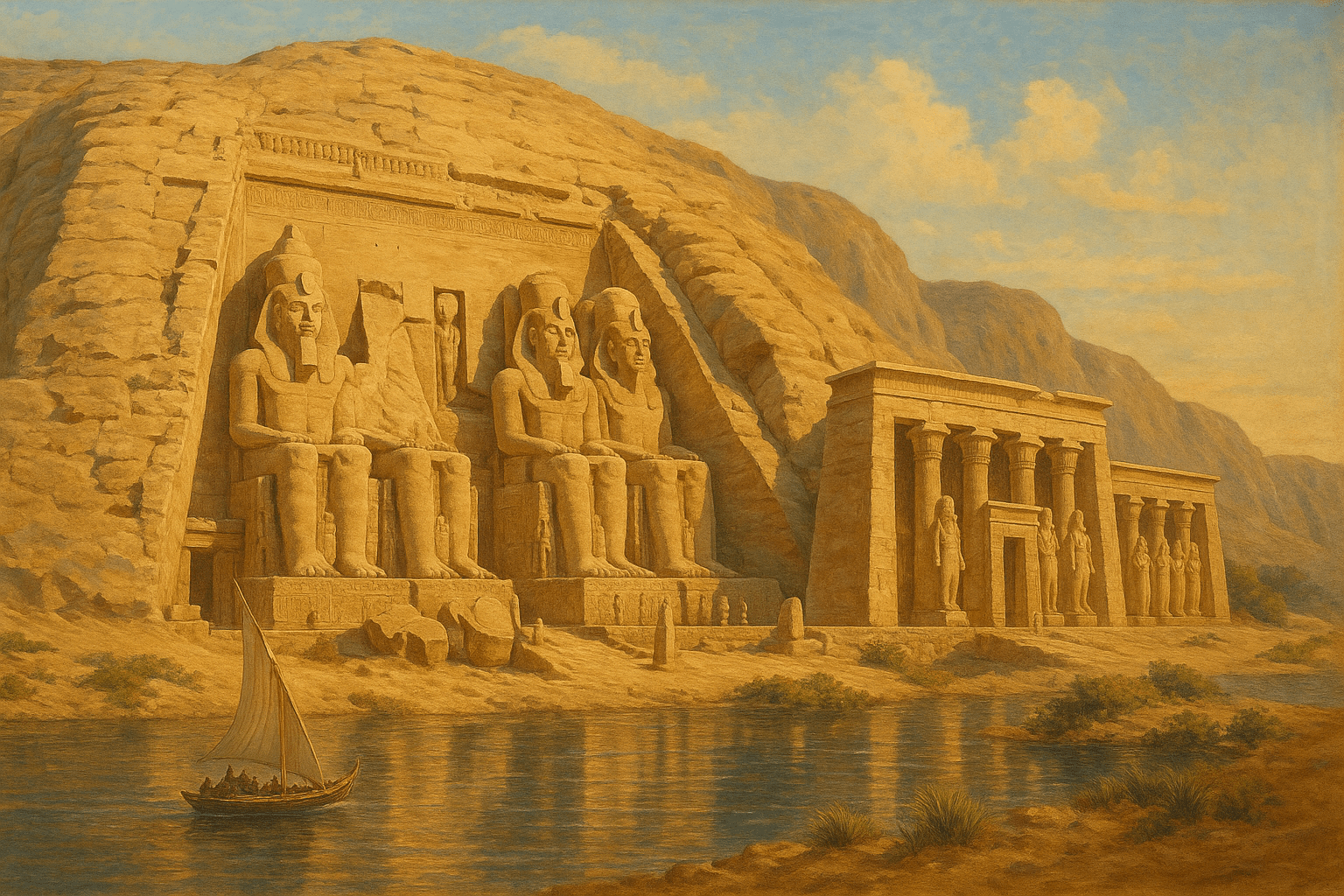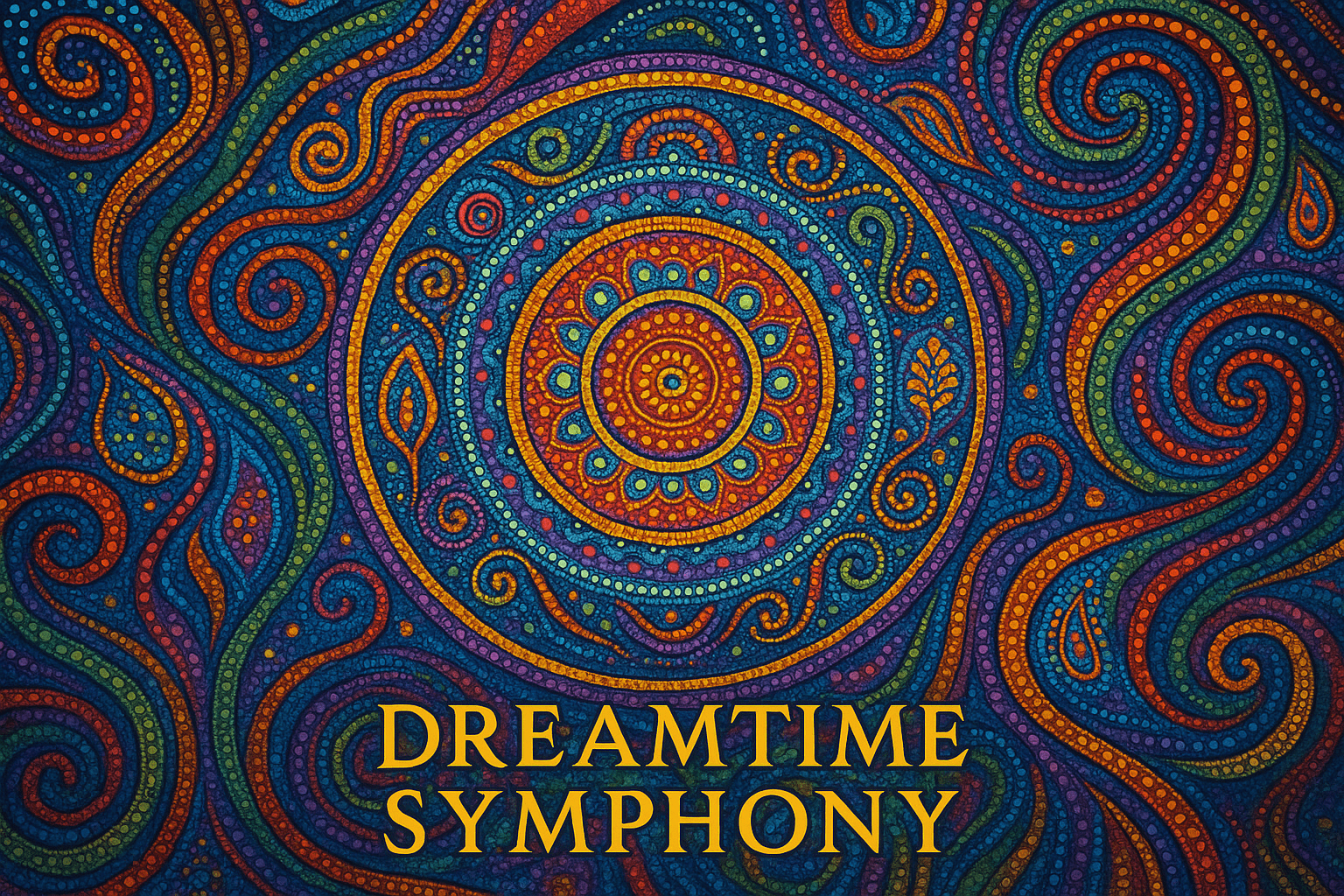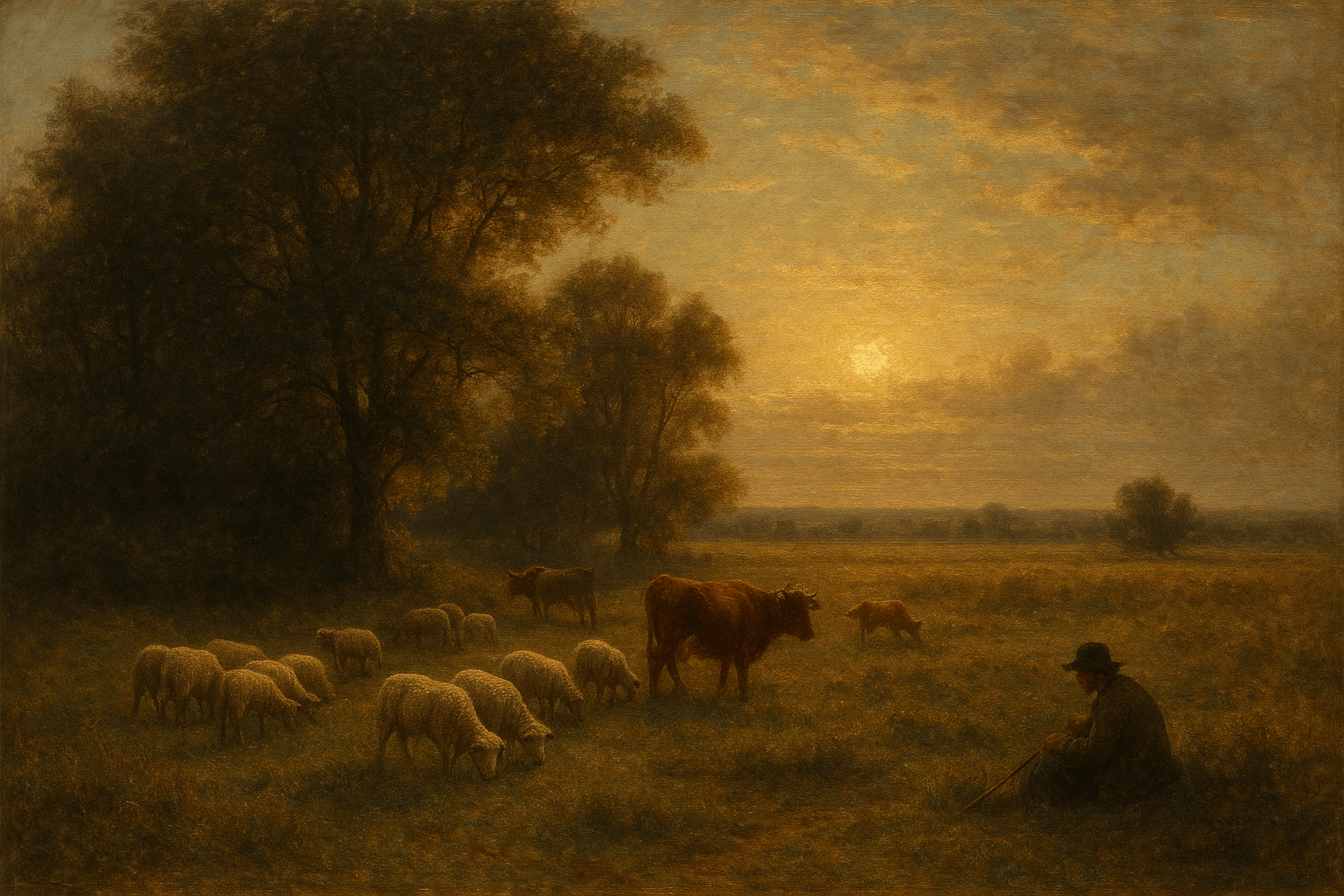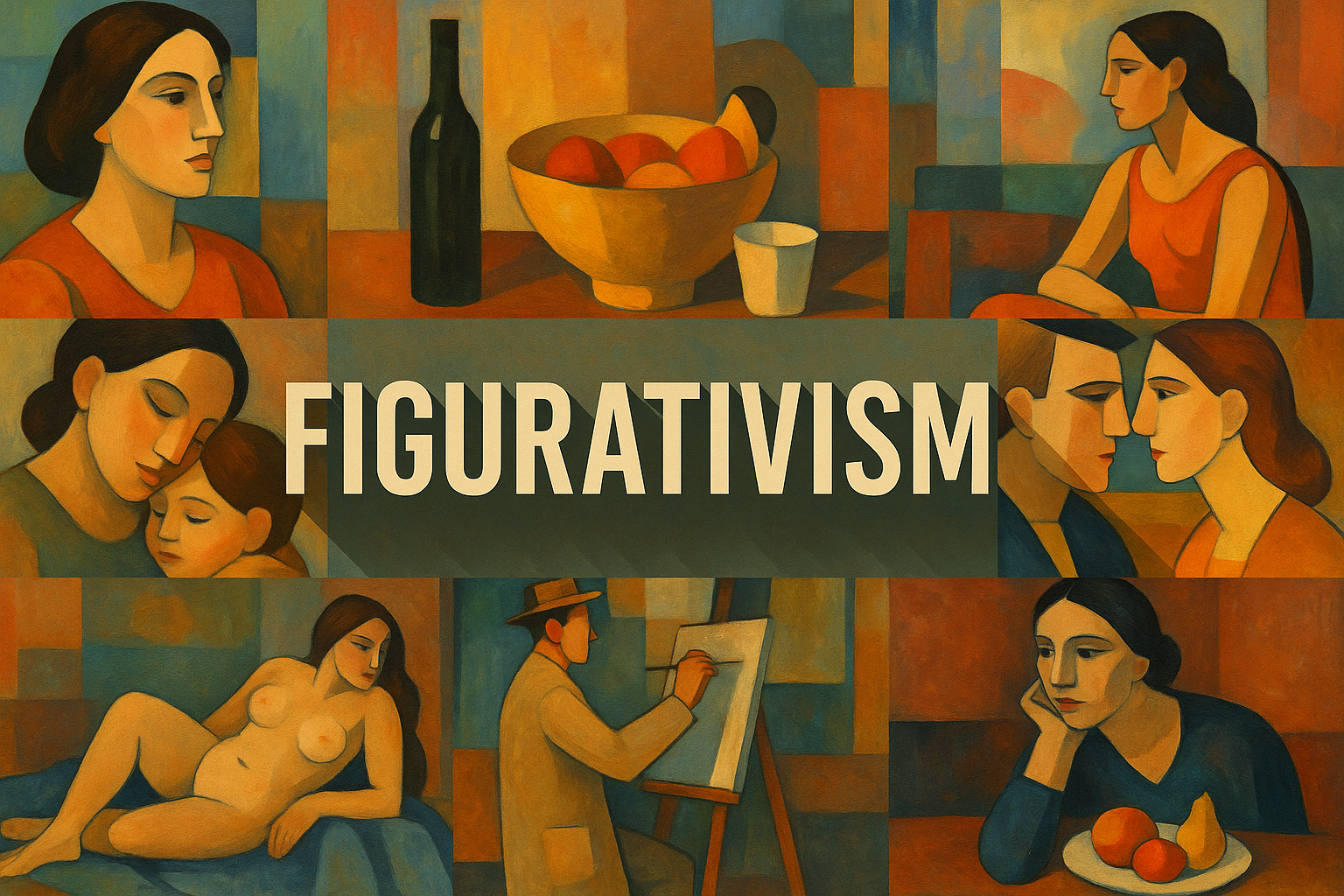
Figurativism
Figurativism is a visual art style that focuses on the depiction of figures and forms in a realistic or representational manner. This style is often characterized by its use of light and shadow to create a sense of depth and volume, as well as its attention to detail and realism.
AOI thinking about Figurativism [+_~]-/
Overview and Quickfacts
Figurativism is a type of art that focuses on the human figure. This style of art is often used to tell stories or convey emotions. Figurative artists often use bright colors and bold lines to create their artwork.
Can understand it also, as:
Representationalism, Figuralism
Categorize it as:
Impressionism, Modernism
.: Dreaming :.
holds a HAIKU for the art style
:. Thought is power .:
Detailed Description
Figurativism is a term used to describe a type of painting or sculpture in which the artist realistically represents the human figure. This can be done in a number of ways, but the most common is to use a technique called chiaroscuro, in which the artist creates a strong contrast between light and dark areas. This can be done by using a light source, such as a window, to create a strong shadow on one side of the figure, or by using a dark background to make the figure stand out. Figurative art has been around since the dawn of time, with early examples being cave paintings and sculptures from ancient cultures. In the Renaissance, artists such as Leonardo da Vinci and Michelangelo used figurative techniques to create some of the most iconic images in the history of art. In the modern era, figurative artists such as Pablo Picasso and Salvador Dali pushed the boundaries of the genre, using distorted and exaggerated forms to create expressive and emotive images. Today, figurative art is as popular as ever, with many contemporary artists using the genre to create thought-provoking and visually arresting works of art. If you’re interested in seeing some examples of figurative art, then be sure to check out the paintings of Lucian Freud, the sculptures of Jeff Koons, and the photography of Cindy Sherman.
.. beep, beep, beep ..
<START OF TRANSMISSION>
1. Figurativism is a form of art that uses the human figure as its primary subject. 2. The term can be used to describe both two-dimensional and three-dimensional works. 3. Figurative art has its roots in prehistory, with early examples including the Venus of Willendorf and the Lascaux cave paintings. 4. In the history of art, the development of figuration is often seen as a move away from more abstract forms. 5. The first major period of figuration is the Renaissance, which saw a renewed interest in the human form following the rediscovery of classical art. 6. Other important periods for figuration include the Baroque, Rococo, Neoclassical and Romantic eras. 7. In the 20th century, many artists rejected traditional forms of figuration in favor of more abstract styles. 8. However, the human figure has remained a popular subject for artists across the globe. 9. Some of the most famous figurative artists include Leonardo da Vinci, Michelangelo, Raphael, Rembrandt, and Pablo Picasso. 10. Figurative art can be used to communicate a wide range of emotions, from joy and happiness to sorrow and despair. 11. It can also be used to tell stories or convey political messages. 12. Figurative paintings often make use of symbolism and allegory to add depth and meaning to the work. 13. The human figure can be depicted in a variety of ways, from realistic and naturalistic to stylized and abstract. 14. Artists may choose to focus on the entire figure, or just on specific parts such as the face, hands, or feet. 15. The figure can also be shown in different positions, such as standing, sitting, or reclining. 16. The use of color, light, and shadow can also be used to create different effects in figurative art. 17. Perspective and scale are also important considerations in creating a successful figurative painting. 18. Figurative sculptures are often larger than life-size, making them highly visible and impactful. 19. They can be made from a variety of materials, including stone, wood, metal, and clay. 20. Figurative sculptures are often placed in public spaces, where they can be enjoyed by everyone.
<EOF>
.. robbel bob
Visual Examples from our image gallery
Coming soon, we are so slow .. might never come
Artists, Paintings, and more
(be aware, can be highly speculative)
Artists (be aware, speculation possible):
1. William-Adolphe Bouguereau (1825-1905) 2. Lawrence Alma-Tadema (1836-1912) 3. Gustave Courbet (1819-1877) 4. Jean-LÃÂéon GÃÂérÃÂôme (1824-1904) 5. Edward Hopper (1882-1967) 6. Winslow Homer (1836-1910) 7. John Singer Sargent (1856-1925) 8. Andrew Wyeth (1917-2009) 9. James Abbott McNeill Whistler (1834-1903) 10. Frederic Remington (1861-1909) 11. Thomas Eakins (1844-1916) 12. Mary Cassatt (1844-1926) 13. John Singleton Copley (1738-1815) 14. Benjamin West (1738-1820) 15. Gilbert Stuart (1755-1828) 16. Rembrandt van Rijn (1606-1669) 17. Peter Paul Rubens (1577-1640) 18. Diego VelÃÂázquez (1599-1660) 19. Jan Vermeer (1632-1675) 20. Caravaggio (1571-1610) 21. Raphael (1483-1520) 22. Michelangelo (1475-1564) 23. Leonardo da Vinci (1452-1519) 24. Albrecht DÃÂürer (1471-1528) 25. Hieronymus Bosch (1450-1516) 26. Pieter Bruegel the Elder (c. 1525-1569) 27. Sandro Botticelli (1445-1510) 28. Titian (c. 1488-1576) 29. Tintoretto (1518-1594) 30. Veronese (1528-1588)
Artworks (be aware, speculation possible)
1. The Hay Wagon, American, Andrew Wyeth, 1953 2. Christina’s World, American, Andrew Wyeth, 1948 3. The Madonna and Child, Italian, Leonardo da Vinci, 1472-1475 4. The Last Supper, Italian, Leonardo da Vinci, 1495-1498 5. The Mona Lisa, Italian, Leonardo da Vinci, 1503-1506 6. The Birth of Venus, Italian, Sandro Botticelli, 1486 7. Primavera, Italian, Sandro Botticelli, 1482 8. The Annunciation, Italian, Sandro Botticelli, 1481 9. The Tempest, Italian, Sandro Botticelli, 1482 10. The Adoration of the Magi, Italian, Sandro Botticelli, 1475 11. The Sistine Chapel Ceiling, Italian, Michelangelo, 1508-1512 12. The Last Judgment, Italian, Michelangelo, 1534-1541 13. The Creation of Adam, Italian, Michelangelo, 1511 14. The David, Italian, Michelangelo, 1501-1504 15. The PietÃÂÃÂ , Italian, Michelangelo, 1499 16. The School of Athens, Italian, Raphael, 1510 17. The Transfiguration, Italian, Raphael, 1516-1520 18. The Sistine Madonna, Italian, Raphael, 1513-1514 19. The Marriage of the Virgin, Italian, Raphael, 1504 20. The Parnassus, Italian, Raphael, 1511 21. The Entombment, Italian, Michelangelo, 1500 22. The Holy Family, Italian, Michelangelo, 1501 23. The Baptism of Christ, Italian, Andrea del Verrocchio, 1472 24. The Last Supper, Italian, Leonardo da Vinci, 1495-1498 25. The Vitruvian Man, Italian, Leonardo da Vinci, 1492 26. The Ghent Altarpiece, Flemish, Jan van Eyck, 1432 27. The Arnolfini Portrait, Flemish, Jan van Eyck, 1434 28. The Adoration of the Lamb, Flemish, Jan and Hubert van Eyck, 1432 29. The Madonna of Chancellor Rolin, Flemish, Jan van Eyck, 1435 30. The Madonna and Child, Flemish, Rogier van der Weyden, 1460
Epoch
Figurativism is a term used to describe a style of art that is characterized by the use of figures or objects to create a representational image. This style of art dates back to the early days of human history, and has been used by cultures all over the world.
AI ART RESSOURCES (AKA, well Tools)
Helping tools -> predefined search links on other pages:
